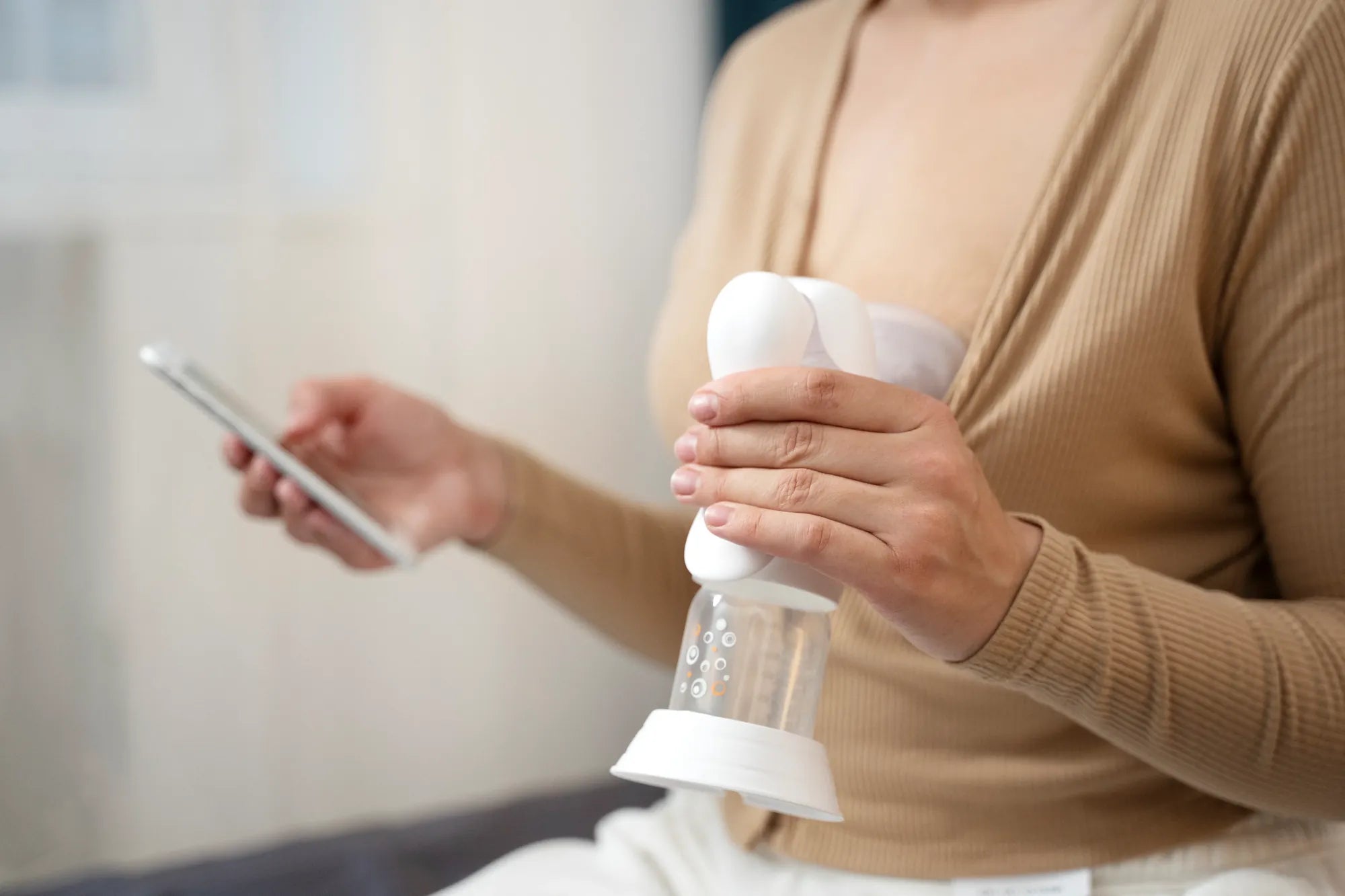Inicio
Pregnancy, Breastfeeding, and Pumping: The Ultimate Guide for Moms
Is a Closed System Breast Pump Better? Exploring the Benefits and Drawbacks

Is a Closed System Breast Pump Better? Exploring the Benefits and Drawbacks
When it comes to breastfeeding, choosing the right breast pump can make all the difference. Among the various options available, closed system breast pumps have gained significant attention. But is a closed system breast pump better? This article delves into the features, benefits, and potential drawbacks of closed system breast pumps to help you make an informed decision.
Understanding Closed System Breast Pumps
Closed system breast pumps are designed with a barrier between the milk collection kit and the pump mechanism. This barrier prevents milk from entering the tubing and the motor, reducing the risk of contamination and making the pump easier to clean. The closed system design is particularly beneficial for maintaining hygiene and ensuring the safety of expressed milk.
Advantages of Closed System Breast Pumps
One of the primary advantages of closed system breast pumps is their hygienic design. The barrier prevents milk from coming into contact with the pump's internal components, which minimizes the risk of bacterial growth and contamination. This feature is especially important for mothers who need to express milk frequently or store it for later use.
Another benefit is the ease of cleaning. Since milk does not enter the tubing, there are fewer parts to clean, making the process quicker and more straightforward. This can be a significant advantage for busy mothers who need to pump on the go or have limited time for cleaning.
Closed system breast pumps also tend to be more durable. The design protects the motor from exposure to moisture, which can extend the lifespan of the pump. Additionally, many closed system pumps come with advanced features such as adjustable suction levels and multiple pumping modes, providing a more comfortable and efficient pumping experience.
Potential Drawbacks of Closed System Breast Pumps
While closed system breast pumps offer numerous benefits, they are not without their drawbacks. One of the main concerns is the cost. Closed system pumps are generally more expensive than their open system counterparts. This higher price point may be a barrier for some mothers, especially those on a tight budget.
Another potential drawback is the size and portability. Closed system breast pumps are often bulkier and heavier than open system pumps, making them less convenient for travel or on-the-go use. However, some manufacturers have started to address this issue by designing more compact and portable closed system pumps.
Lastly, the availability of replacement parts can be a concern. Since closed system pumps have a more complex design, finding compatible replacement parts may be more challenging compared to open system pumps. It's essential to consider the availability of spare parts and accessories when choosing a closed system breast pump.
Comparing Closed System and Open System Breast Pumps
To determine whether a closed system breast pump is better, it's helpful to compare it with open system breast pumps. Open system pumps do not have a barrier between the milk collection kit and the pump mechanism, which means milk can enter the tubing and motor. This design makes open system pumps more prone to contamination and harder to clean.
However, open system pumps are generally more affordable and lightweight, making them a popular choice for mothers who need a budget-friendly and portable option. They are also easier to find replacement parts for, which can be a significant advantage in the long run.
Ultimately, the choice between a closed system and open system breast pump depends on your specific needs and preferences. If hygiene, ease of cleaning, and durability are your top priorities, a closed system breast pump may be the better option. On the other hand, if cost and portability are more important, an open system pump might be more suitable.
Tips for Choosing the Right Breast Pump
When selecting a breast pump, consider the following factors to ensure you choose the right one for your needs:
- Frequency of Use: If you plan to pump frequently, a closed system breast pump may be more hygienic and durable.
- Portability: If you need a pump for travel or on-the-go use, consider the size and weight of the pump.
- Budget: Determine your budget and compare the costs of different pumps, including replacement parts and accessories.
- Features: Look for features such as adjustable suction levels, multiple pumping modes, and ease of cleaning.
- Comfort: Choose a pump that provides a comfortable and efficient pumping experience.
Maintaining Your Breast Pump
Proper maintenance is essential to ensure the longevity and performance of your breast pump. Here are some tips for keeping your pump in good condition:
- Clean Regularly: Follow the manufacturer's instructions for cleaning and sterilizing the pump parts. For closed system pumps, focus on cleaning the milk collection kit and barrier.
- Inspect for Wear and Tear: Regularly check the pump parts for signs of wear and tear, and replace them as needed.
- Store Properly: Store the pump in a clean, dry place to prevent contamination and damage.
- Follow Usage Guidelines: Adhere to the recommended usage guidelines to avoid overworking the pump and causing premature wear.
By following these maintenance tips, you can ensure that your breast pump remains in optimal condition and continues to provide a safe and efficient pumping experience.
Choosing the right breast pump is a crucial decision for breastfeeding mothers. Closed system breast pumps offer several advantages, including improved hygiene, ease of cleaning, and durability. However, they also come with potential drawbacks such as higher cost and reduced portability. By considering your specific needs and preferences, you can determine whether a closed system breast pump is the better choice for you. Remember to weigh the pros and cons, compare different options, and prioritize features that align with your breastfeeding goals. With the right breast pump, you can ensure a comfortable and successful breastfeeding journey.
Compartir
